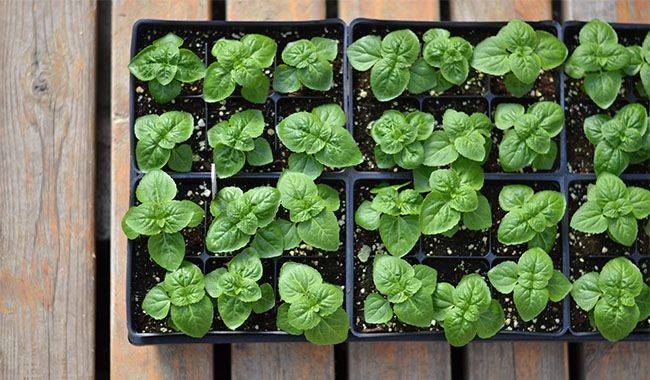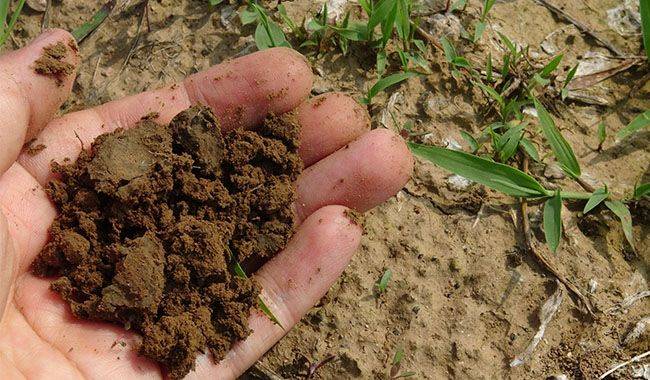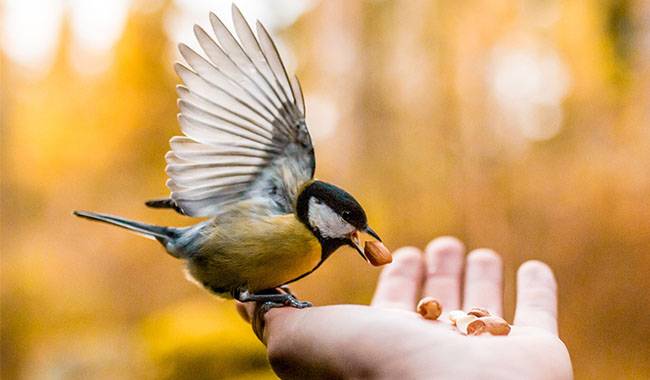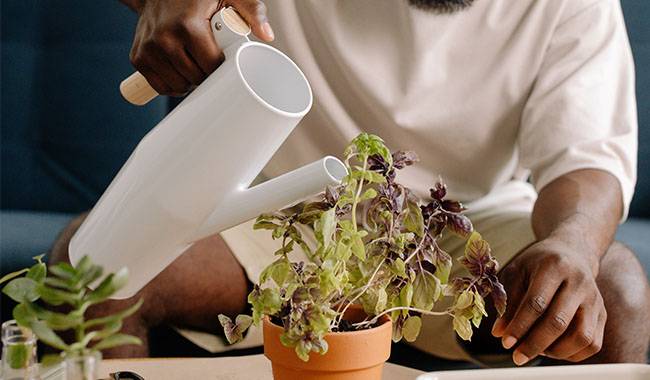
Perennial fruit crops and berries have a good feature. They can be left unfertilized for several years. They require only a basic (NPK) fertilizer application at planting and a spring and fall fertilizer application in the following years. For the gardener, there is little free time for gardening and harvesting early fruit crops and berries. This article will describe the best time to fertilize fruit trees in summer and what fertilizers to apply, dosage, and follow-up.
WHAT FERTILIZERS ARE USED WHEN FERTILIZING TREES IN SUMMER?
Seedlings that received a sufficient amount of fertilizer at planting do not need summer fertilization for the next 2-3 years. However, if the soil is nutrient-poor, seedlings under 3-5 years old should be fertilized with phosphorus in mid-summer from the following year onwards. Phosphorus during this period will stimulate the growth and development of the younger generation.
The berries bloom and bear fruit in the 2nd or 3rd year. For the production of large berries, they require lower fertilization rates, unlike fruit trees, which are fertilized more frequently from the second year onwards.
All orchard crops (berries, drupes, and seedlings) require phosphorus and potassium fertilizers at flowering and fruiting. Calcium superphosphate is the most popular, while potassium sulfate lacks sodium and chloride, which usually have a negative impact on fruit development and taste.
To shorten fertilizer preparation time, it is best to use multi-nutrient fertilizers that contain micronutrients (nitrate phosphorus, nitrate molybdenum, crystalline, etc.) in addition to the main nutrients. Organic fertilizers (slurry, chicken manure, humus, compost) are the best choice.
HOW TO APPLY CHEMICAL FERTILIZERS
The root system of mature fruit trees can extend up to the diameter of the crown and sometimes even beyond it. Absorbent roots are usually located at the edge of the canopy, in the upper 6-8inch (15-20 cm) layer. There are several ways to apply fertilizer faster to the roots.
- Into the hole or drilling around the tree.
- Into the grooves around the crown.
- Broadcast under irrigation.
- Adding liquid fertilizer to the soil or as a ground cover.
For younger trees, it is best to dig the hole with a spade at 3-5inch (8-13cm), apply fertilizer, close the hole, and water the tree.
For older, especially cultivated gardens, drill 2-3 holes per 40inch extension around the crown in rows 15-30inch (40-80cm) apart and fill or pour in the prepared fertilizer. Water, possibly by sprinkling. Mulch if the soil has not been tilled.
You can dig or cut 4-6inch (10-15 cm) under the drupe and 6-8inch (15-20 cm) trenches (1-2) under the seed fruit, in a rectangular shape, and apply the fertilizer, which can be pre-dissolved instead of drilling holes and wells. After the nutrient solution is absorbed, cover the trenches with soil, water and mulch.
The most common method used by gardeners is spreading. The distributed fertilizer is spread evenly under the tree canopy, watered or sprinkled at low pressure with a hose, and mulched.
Organic fertilizers are rich in micronutrients and are especially important during flowering and fruit sets. Silt and compost were applied in a scattered manner under shallow burial, followed by watering and mulching, while manure and poultry manure were applied as a nutrient solution.
To prepare the solution, fill a container half full of manure and add water. Stir and let it soak for 2 to 4 weeks. To reduce the unpleasant odor of the organic fermentation process, add the “Organic, Microbial and Green Manure” solution. For a 26 Gal (100 liters) bucket, a working solution of 0.13 Gal (0.5 liters) is sufficient. For fertilization 0.25 Gal (1 liter) of concentrated slurry, manure is diluted in 1.6-2 Gal (6-8 liters) of water, and poultry manure is diluted in 2- 2.5 Gal (8-10 liters) of water. Organic manure was applied in buckets per 120-150inch (3-4 m) ditch.
DOSAGE OF FERTILIZERS FOR FRUIT TREES IN SUMMER
After flowering, introduces complete mineral fertilizer at the beginning of fruiting under the fruit trees, preferably 50-60 grams per 11 square feet or 30-40 grams per 11 square feet of calcium superphosphate and 20-25 grams per 11 square feet of potassium sulfate, and add 5-10 grams of urea to the mixture. Preferably, the trees should be fed with the above liquid organic fertilizer.
During this period, the fruit crop needs micronutrients to improve the marketing quality of the fruit and to promote the accumulation of organic matter in the plant tissues. Micronutrients are applied as a foliar spray 5 to 6 days after soil preparation. Prepare a tank mix of 10-20 g boric acid, 5-8 g manganese, 2-5 g copper sulfate, and 4-5 g zinc sulfate per 2.5 Gal (10 l) of water. The amount of mixture consumed per tree depends on the tree’s age and the development of the canopy, and you can have 1 to 3 buckets per tree.
If there is a lot of work in the garden, you can buy a ready-made compound and spray the trees with it. The most suitable method of foliar feeding – use wood ash: 2-3 cups soaked in 1.3 Gal (5 liters) of water for 2-3 days, filtered and diluted to 2.5-3 Gal (10-12 liters), sprayed on the trees or done under the roots through a furrow or well.
After flowering – when the fruit sprout – the trees can be sprayed with copper sulfate solution by dissolving 1 g in 2.5 Gal (10 liters) of water (0.1% solution), spraying will improve the market quality of the fruit.
When the fruit starts to ripen (July-August), the trees can be fertilized again with double calcium superphosphate of potassium sulfate and grass ash. The application rate of the fertilizer mixture is 30 g and 20 g and one cup of ash per 11 square feet, respectively.
In the summer, you can fertilize only once or not at all if you have already fertilized in the spring. But that doesn’t mean you don’t need to fertilize your garden. You can sow grass seedlings between the rows as green manure or weed the garden and only fertilize outside the rhizomes after flowering or when they start to mature.
The soil under the trees should always be left fallow, i.e., not cultivated with any vegetable crops or green manure.

FERTILIZING BERRY TREES IN SUMMER
The shrubs have a surface root system. The main mass of the absorbent root system is located in the area of 4-8inch (10-20 cm). Fertilization of shrubs is done by digging a shallow trench (furrow) along the perimeter of the shrub or, more often, by spreading, followed by burying, watering, and mulching.
The soil can be loosened slightly before applying the liquid fertilizer to better absorb the nutrient solution and then closed by loosening after absorption. Be sure to water to dilute the nutrient solution further to avoid root burn and mulch. For fertilization, use 0.25-0.5 Gal (1-2 liters) per 11 square feet.
Berries (except raspberries) are usually fertilized once in summer with nitrophos, nitroaminophos, or other newer forms of fertilizer at 30-40 g per 11 sq. ft. or 20-30 g per 40inch straight line in the furrow.
Foliar spraying with trace elements is recommended. Ready-made kits can be purchased at the store, or jars can be made to mix micro and macronutrients. By checking the compatibility of the components, these nutrients can be mixed in a jar with pest control products. A more practical approach is to fill 1-2 cups of grass ash, filter it, dilute it to 2.5 Gal (10 liters), and spray it on the bush.
Under raspberries, gooseberries, currants, make a bucket of mud in a 3-4inch (8-10 cm) deep trench, diluted 1:3-4 with water and 1:10-12 with chicken manure. It is possible to apply sporadic mineral fertilizer instead of organic fertilizer with watering and mulching after loosening the soil. Use a mixture of 15-20 g of ammonia and 50-60 g of potassium nitrate. On poor soils, increase the concentration of the mixture by 10-15% per 11 square feet of area.
Raspberries can be topped up with phosphorus and potassium fertilizer after 1-2 harvests. Other fruit trees are fertilized a second time after complete harvest (for raspberries, a third time), which is necessary to prepare the plants for winter and build up future crops.
If the plant appears to be deficient in trace elements, foliar spray with a solution of trace elements (except in spring). The mixture usually consists of boron, manganese and molybdenum, zinc, and magnesium. The concentration of the solution should not exceed 1.0-1.5%.
This article gives the most common types and rates of fertilizers and fertilizer mixtures (mainly for beginner gardeners). Each gardener can share their experience and suggest their own original method and timing of fertilizing fruits and trees.
More related information about planting & growing fruit trees







